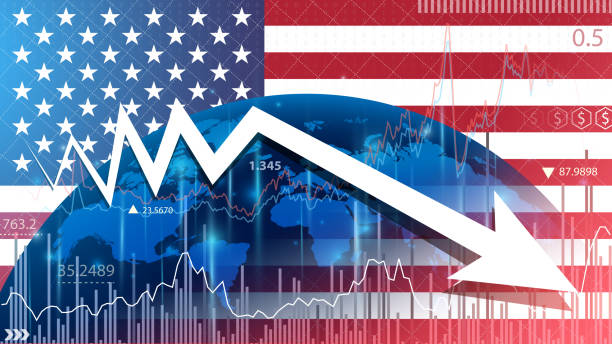GDP shows U.S. economy grew just 1.3% in the first quarter instead of 1.6% as reported by the government in April.
The numbers: The U.S. economy grew at a slower 1.3% annual pace in the first three months of the year, revised figures show, largely because of softer consumer spending.
The increase in gross domestic product, the official scorecard for the economy was the smallest in almost two years. Previously the government reported that GDP had expanded at a 1.6% rate in the first quarter.
The biggest contributors to the tepid GDP report were a wider trade deficit and a smaller increase in unsold goods (inventories).
Yet the revised report also showed that consumer spending, the main driver of the economy, grew at a 2% pace instead of 2.5% as previously indicated. Household spending had risen at a 3%-plus rate in the prior two quarters.
GDP could bounce back in the second quarter, however. The latest forecasts indicate the economy may have grown 3% or more, similar to the last two quarterly readings of 2023.
Key details: The slowdown in consumer outlays largely stemmed from less spending on new and used cars. Auto sales fell slightly in the first quarter and dealers cut prices to try to lure buyers.
Consumer spending on durable goods dropped 4.1% in the first quarter instead of 0.4% as previously reported.
Yet spending on services, which accounts for the bulk of consumer spending, rose at a 3.9% annual pace. That suggests households are still spending at a very healthy rate.
Gross business investment, meanwhile, rose at a solid 3.2% clip and was unchanged from the prior estimate.
Corporate profits, however, fell by 0.6% to mark the first decline in four quarters.
A rising trade deficit shaved 0.9 percentage points off first-quarter GDP. And slower inventory production cut 0.5 percentage points off the headline number.
A measure economists look at to gauge the underlying strength of the economy was fairly positive, though.
So-called final sales to private domestic purchasers grew at a 2.8% annual pace, down from 3.3% in the prior quarter. Any number above 2% is considered quite positive.
The rate of inflation was little changed. The PCE price index favored by the Federal Reserve rose at a 3.3% rate, down a tick from the original estimate.
Big picture: Even if second-quarter GDP rebounds, the economy is unlikely to show much swagger for the rest of the year.
Consumers have had to dig into their savings to keep spending at their current levels. Persistent inflation has also crimped their buying power.
The Fed, for its part, is expected to keep a key short-term U.S. interest rate near a 23-year high until inflation slows further. High borrowing costs have been depressing growth.
The upcoming presidential election has also caused some businesses to take a wait-and-see approach to new spending and investment.











